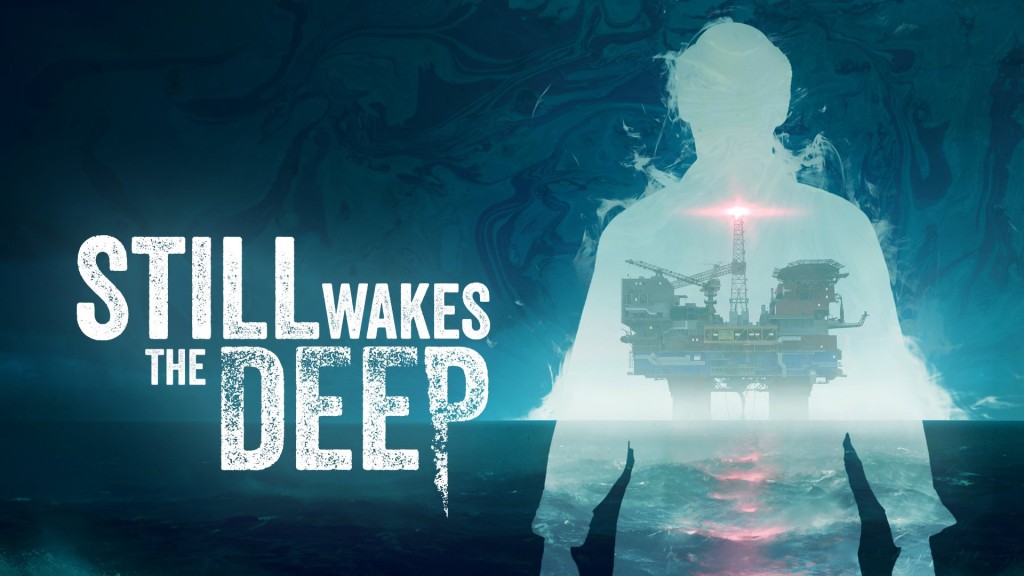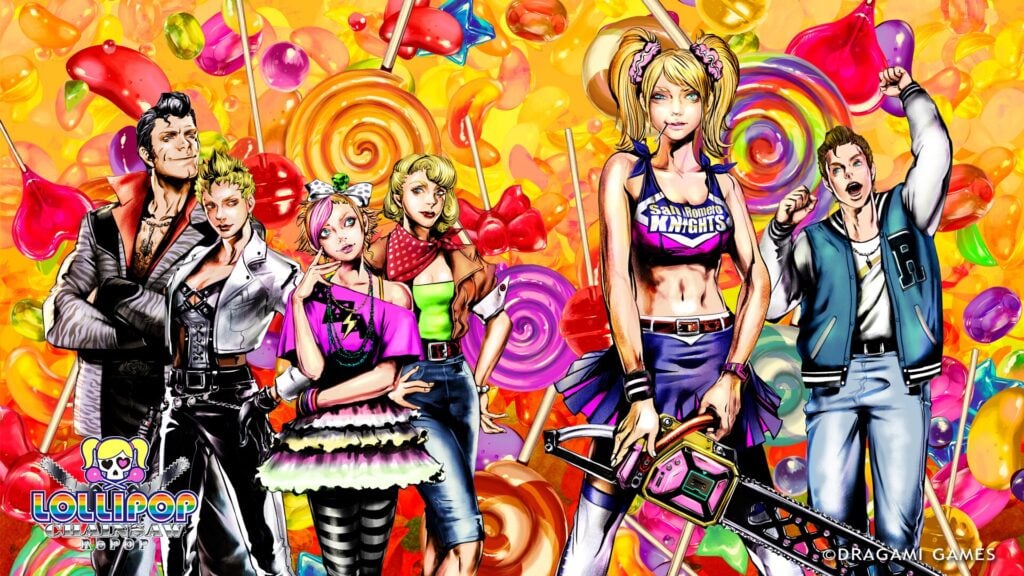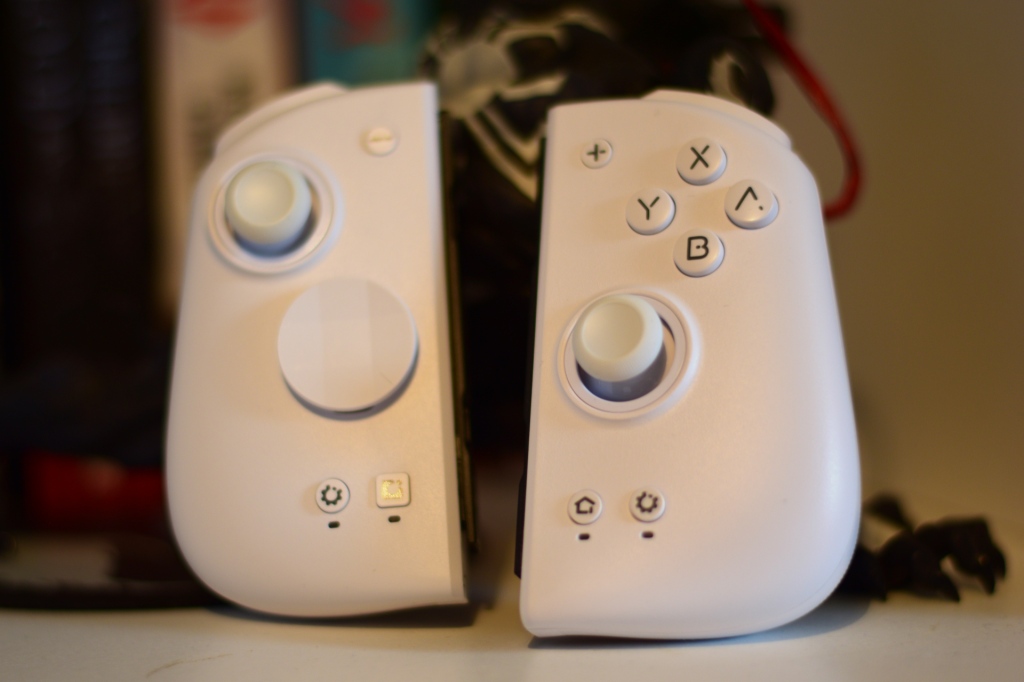Platforms: PC
Reviewed On: PC
Developer: King Art Games
Publisher: Nordic
Singleplayer: Yes
Multiplayer: No
EDIT: For some warped reason when writing this review originally my brain told me Daedalic published the game, possibly because they publish so many adventure titles. A helpful reader pointed out my mistake, and thus I apologise absolutely. It was a daft mistake.
There has been something of a resurgence for the all but once abandoned escapades and crazy worlds of adventure games, keeping them alive and encouraging a new generation to enjoy the crazy worlds and often even crazier logic that they entail. The original Book of Unwritten Tales by King Art Games didn’t exactly rewrite the rulebook when it came to point and click games, but nevertheless it was a lot of fun. So how does the sequel stack up?
Comedy is the name of the game here; The Book of Unwritten Tales 2 is chock full of references to various bits and bobs of modern culture, whether it’s a Library which contains a helmet from Skyrim, a rack of very familiar videogame swords and a monster which has fur very much like a certain Monster’s Inc. character, or nods to Harry Potter and huge love for the mighty Terry Pratchett, The Book of Unwritten Tales 2 delights in hiding references everywhere, but never relying overly on them for its humour, although it does have to be said that without a fair knowledge of all things geeky a lot of jokes may fall a tad flat. Whereas most other forms of entertainment stumble by simply assuming that the reference itself is funny, the Book of Unwritten understands that while references are enjoyable they cannot be the foundation of your comedy. Indeed, the game’s sense of humour is strong, delivering jokes at a rapid pace, whether they are spoken or visual. It’s never a game that’s going to be make you laugh so hard that coke spews forth from your nose like a small volcano going off, but it will generally have you smiling throughout its antics, including a clever time-travelling moment where you end up playing a pixellated version of the game, and then a text-only version, and a wonderful fourth-wall shattering segment much later on. There’s some good stuff, here, and the writers deserve serious praise.
The actual narrative is a less impressive, mind you, and it actually takes a while to even get off the ground, letting you mostly toddle around solving puzzles for a couple of hours before it even attempts to explain itself. The general gist is that some strange things are going on in Seastone and the cast of the first game must reunite to defeat an evil sorcerer and unravel a conspiracy. Elven princess Ivo is back at home, dealing with an arranged marriage and a rather surprising surprise, while Nate is merrily attempting to steal a precious lamp with the help of the Critter and a strange bounty hunter. Meanwhile Wilbur is now attempting to teach magic at the school in Sea Stone, which has suddenly reappeared after being missing for some time. Once the actual plot gets going it’s decently engaging, if clumsily paced. Puzzles have a nasty habit of simply leading into even more puzzles, making narrative progress feel like it’s in low gear most of the time. At least it will last you a while, though; expect to spent somewhere around 12-16 hours in the world, and every minute of that is a pleasure.
Aside from the pure comedy elements most of that pleasure is derived from the characters. Ivo, Wilbur, Critter and Nate are all incredibly likable people with clearly defined personalities and some brilliant vice acting which is perfectly over-the-top without becoming irritating. Their journey’s throughout the game are satisfying, and you’ll likely find yourself playing not so much for the overarching story but for the core cast of characters themselves. They are people you want to spent time with and enjoy their company. It’s not just the primary characters, either, as the secondary cast are a memorable and fascinating bunch, ranging from a two-headed troll to a pile of old books and some trapped gods.
But this is a point and click game, which means puzzles. Here we encounter what is arguably the least interesting aspect of the game, which isn’t to say that the puzzles are bad; indeed, the are generally solid in their design but do occasionally venture into the dreaded obscure logic territory, hardly a bit issue for those well versed in the strange thinking of point and click developers, but irritating for anyone who hasn’t spent much time with the genre. Thankfully such excursions into the land of wacky thought are rare, so you won’t find yourself getting annoyed too often. Instead you’ll get to solve puzzles in a logical manner, which is to say logical based on the in-game universe’s logic to which you must attune yourself. Because you can actually think about puzzles rather than merely blindly clicking on stuff until something happens arriving at the correct conclusion it makes solving them vastly more satisfying. However, as enjoyable as they are to solve The Book of Unwritten Tale’s brain-benders aren’t exactly memorable for the most part, with only a few standing out as being genuinely unique in terms of their design or how fiendishly clever they are. Still, I’d rather have a collection of logically sound if sort of unexciting puzzles than a bunch of conundrums that are memorable only for their sheer insanity. The game balances the difficulty of its situations rather well too, although this is obviously pretty subjective territory, and the clues are spot-on. Later in the game you’ll also be able to swap between characters, a key part of the first Book of Unwritten Tales as well, bringing a little extra dimension to the game where you must share objects and such. What is slightly surprising is how long it takes for the characters to reconnect, though. I was somewhere in the region of 5-6 hours into the game before Ivo and Wilbur even met, for example.
The game’s something of a visual treat. Everything has a slightly too square look and the animations could be much smoother, but these are relatively small blemishes on an otherwise beautiful skin. Vibrant colors, a good attention to detail and some good use of light equal a rather lovely looking game with some clearly talented artists working on it, and it’s supported by a really stellar soundtrack and what just may be one of the coolest theme tunes I’ve heard in a videogame for quite some time. Even the quality of the voice acting is impressive at times. The world that the developers have been crafted may not be huge, but it feels like every inch was built with love and attention. On the flipside this does create a strong desire to see even more of what they’ve created, a desire that will ultimately be left unsated, a slightly backhanded compliment if ever there was one; the world is so lovely you’ll be unhappy that you don’t get to see more of it.
That’s not to say the game isn’t entirely free of problems, including the seemingly never-ending Daedalic trademark of questionable German-to-English subtitle translation. There were also numerous examples of character’s suddenly sounding like the were standing at the other end of a very large cavern, their voices coming through as distant and echoey. Later in the game entire pieces of dialogue audio vanished, and other sound effects were also missing throughout the game, although never any that overly affected the game. I also noted a few scenes where characters disappeared or part of them sunk into the landscape. Finally there was a section of the game involving Pirate Poker where I found myself struggling because the game wouldn’t let me select a dialogue option, and there was no way to get out of it other than quitting back to the main menu, reloading the game and trying again. Thankfully the Pirate Poker wasn’t required to actually progress in the story.
Considering the game has been in Early Access for a while now, with new chapters released to the public for consumption and testing, it’s a little sad to see these issues continue into what is supposed to be the final launch version, although I’m sure patches will arrive after the game is out. Thankfully these problems aren’t enough to really damage your enjoyment of the game, which stands as my most enjoyed point and click since the first Deponia, a game which was admittedly bad for its barmy solutions.
Thought it may be a sequel the Book of Unwritten Tales 2 is quite welcoming to newcomers. The story obviously has plenty of ties to the first game, but is perfectly understandable to anyone who never played the original. I’d highly recommend it to anybody who enjoys the genre, but just as importantly I’d recommend it to those who aren’t normally a fan of the genre, too, or perhaps those who have tried an adventure game before and couldn’t swallow the warped logic needed to complete them. The Book of Unwritten Tales 2’s puzzles make actual human sense, as opposed to so many other titles. It’s brilliant for newcomers who have often felt put off by the byzantine logic usually seen, and a joy for veterans who have been clicking away through the early Lucas Arts days to the modern Daedalic era.

The Book of Unwritten Tales 2 is ultimately a pretty standard point and click adventure game in its gameplay, a sentence which admittedly paints the puzzles in a far harsher light than they deserve to be. Since there doesn’t seem to be a whole lot of advancement happening within the genre as a whole it’s hard to view the Book of Unwritten Tales 2’s solid but uninspiring gameplay design as a major problem, unless of course you’ve grown tired of the standard formula, and thereby the genre as a whole. While they aren’t the best examples of the genre, the puzzles are still going to be great fun for fans of the adventure games. It’s charming, funny, quite well written and fun to play, and therefore ticks pretty much all the boxes for a good adventure game. Absolutely recommended.









